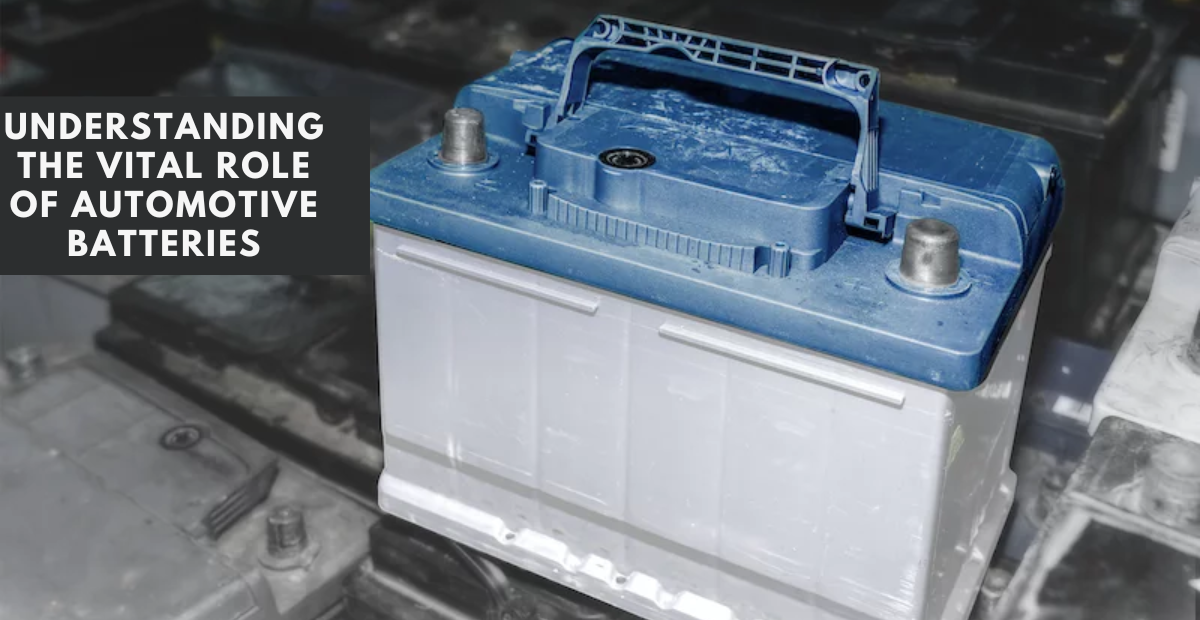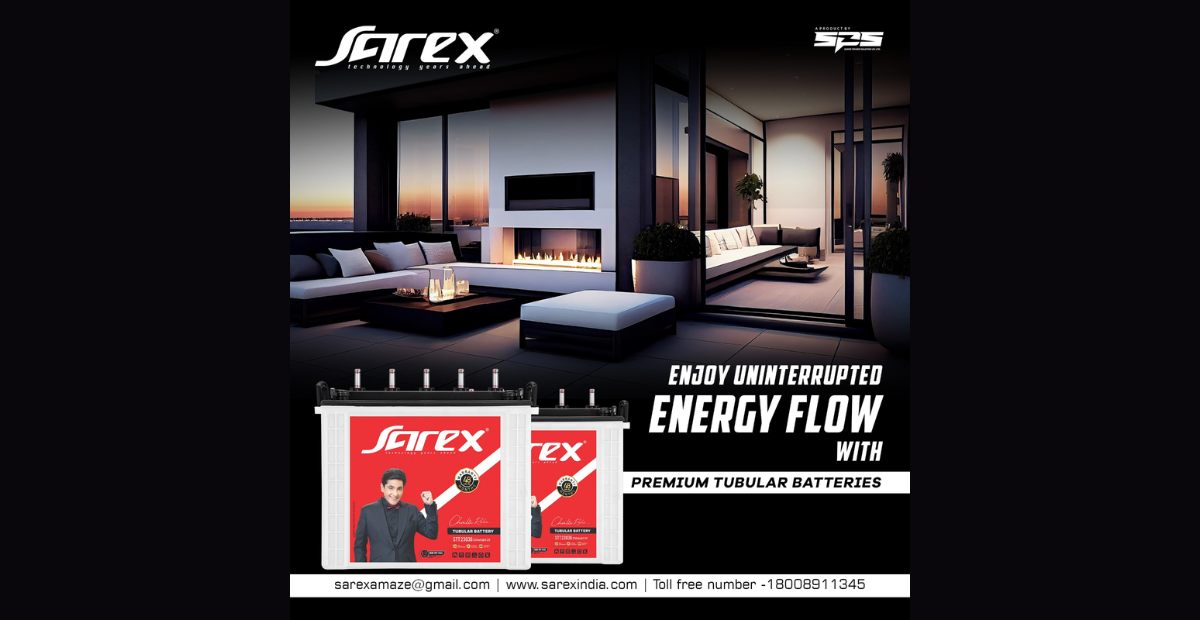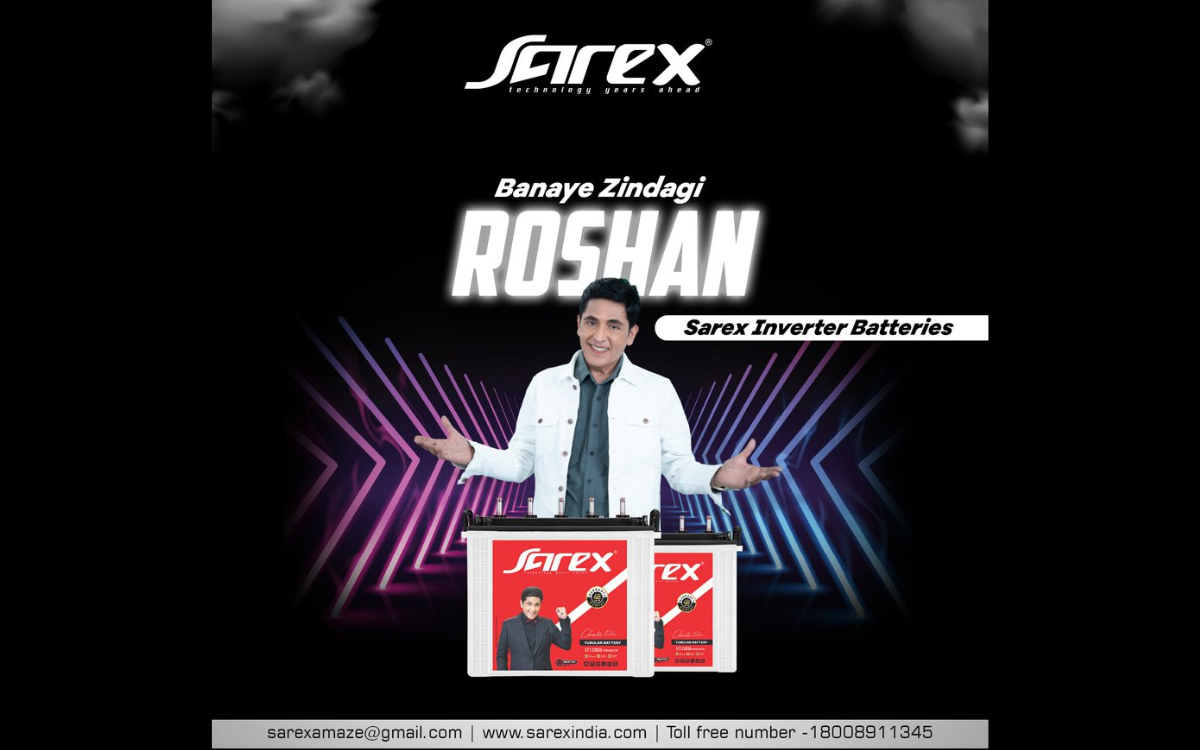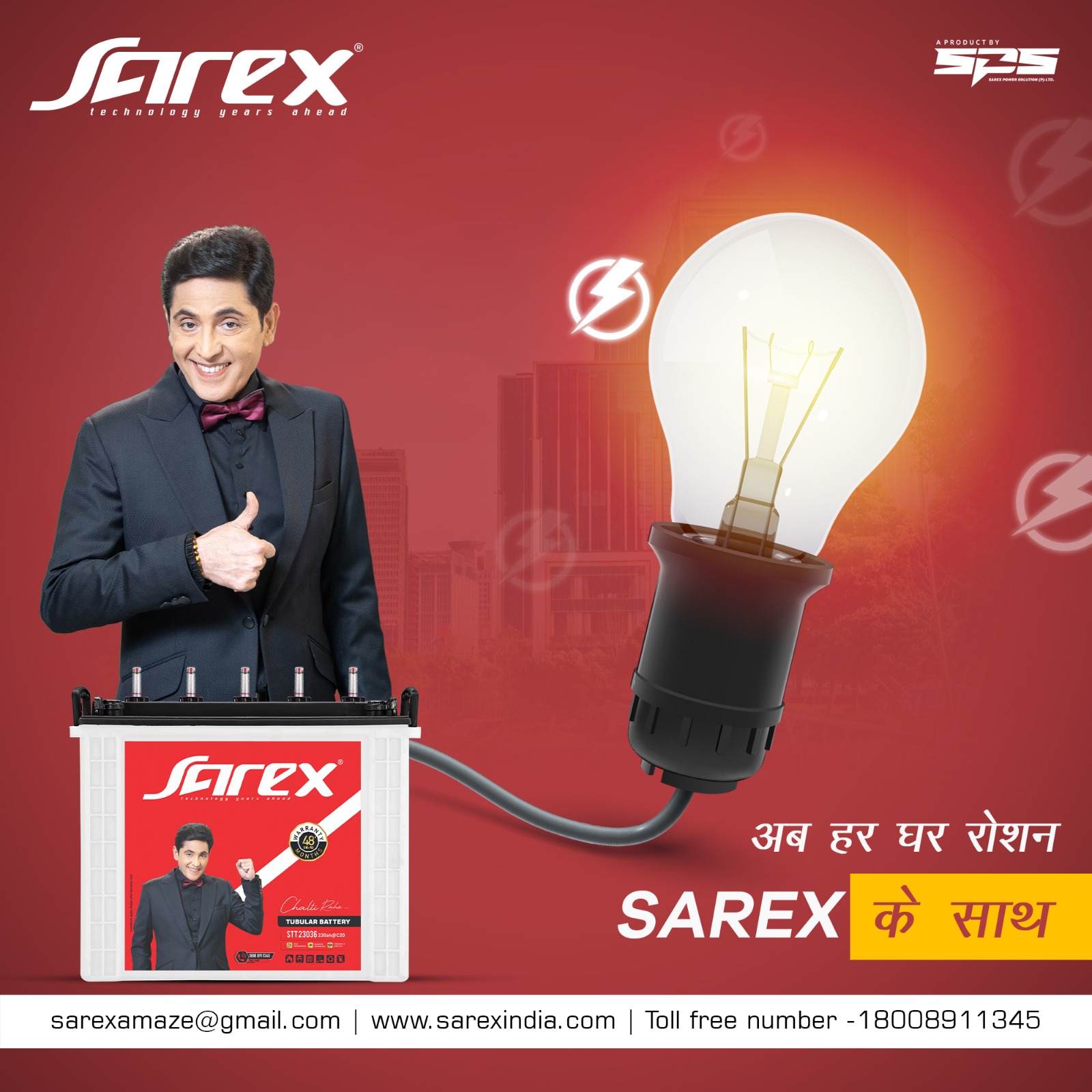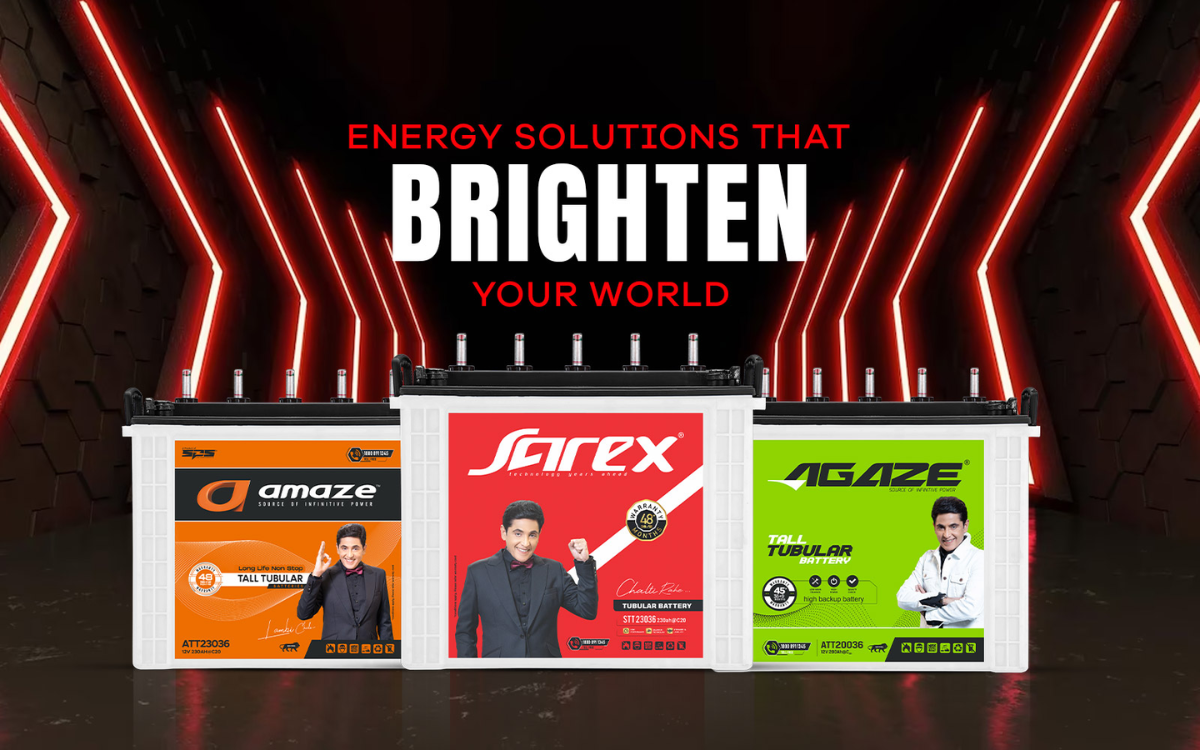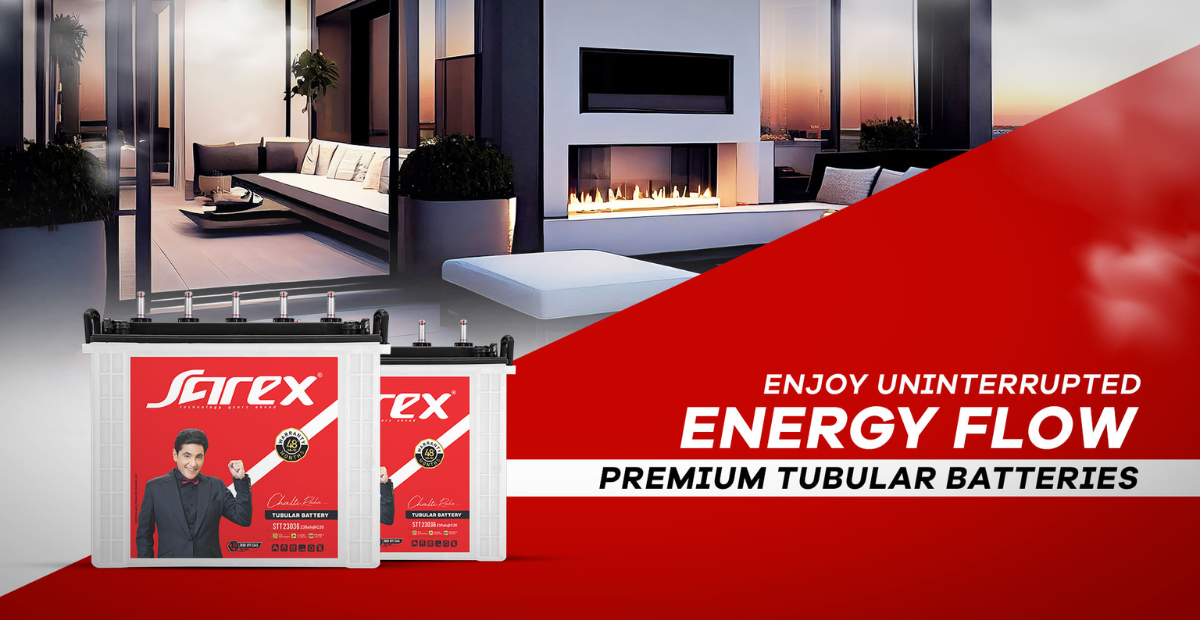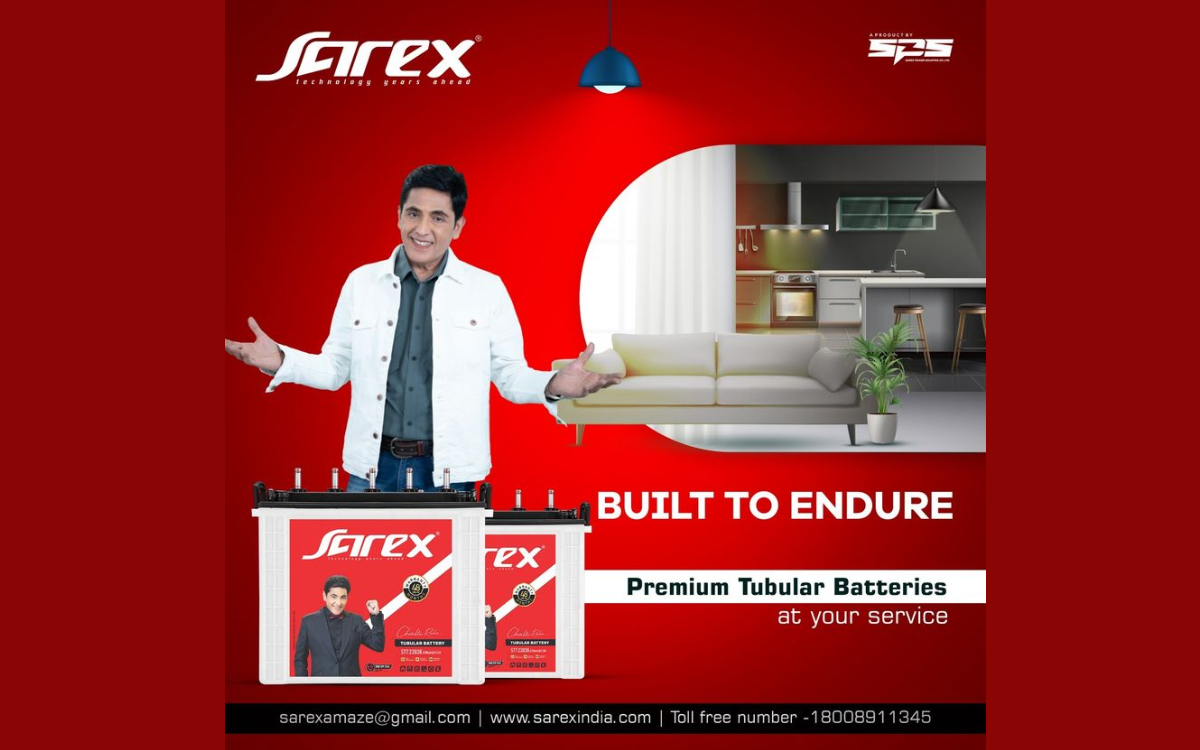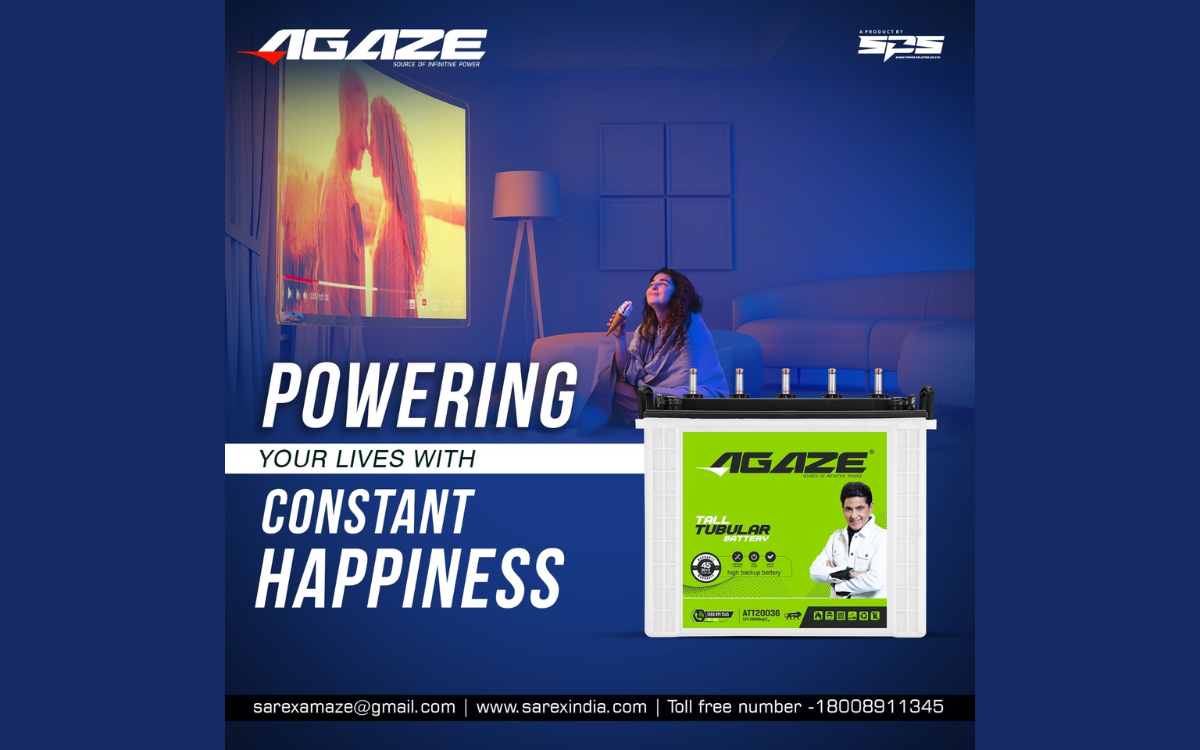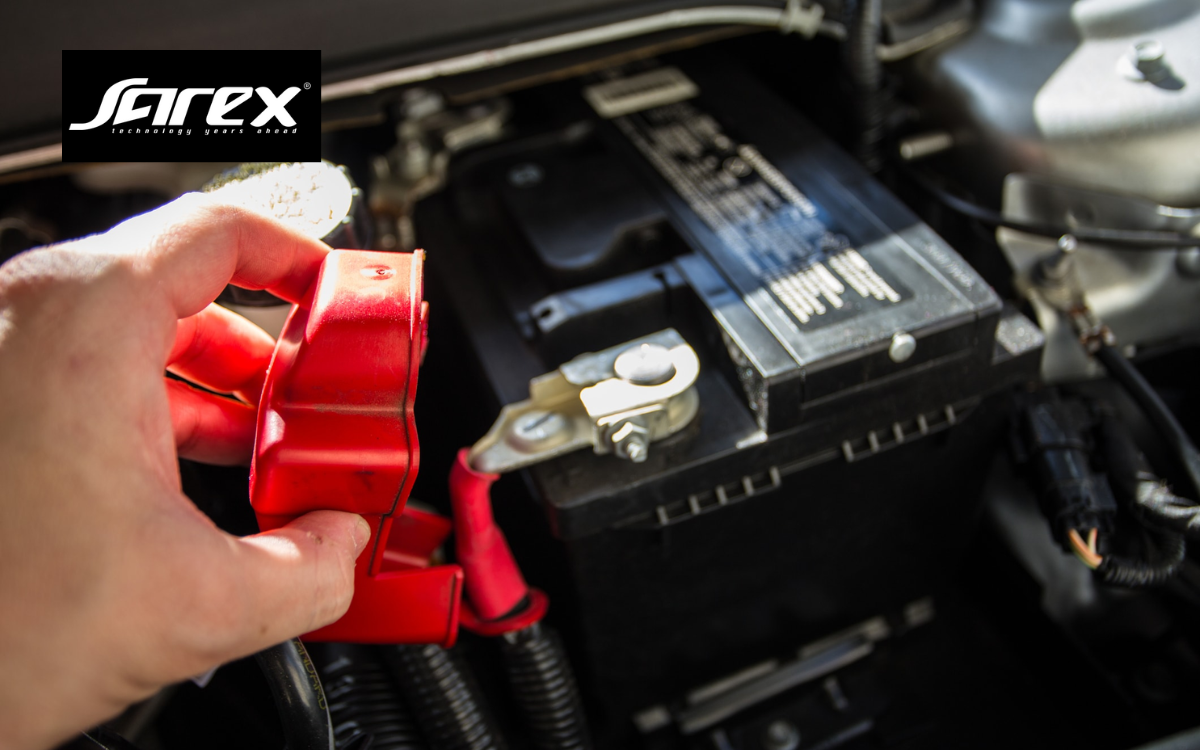While they may not always be in the spotlight, their role is crucial. Here, we’ll delve into the significance of automotive batteries and explore the key aspects of their technology, maintenance, and environmental impact.
1. Powering the Ignition:
When you turn the key, the automotive battery‘s primary job is to provide the initial surge of power needed to start the engine and ignite the fuel. Without this vital function, your car would be immobile.
2. Stabilizing Electrical Supply
Beyond the initial engine start, automotive batteries play a crucial role in stabilizing the electrical supply to your vehicle. They provide a continuous flow of power to the vehicle’s electrical systems, ensuring that all components, from the headlights and air conditioning to the radio and power windows, have the energy they need to function properly. In essence, the battery acts as a buffer, preventing voltage fluctuations and ensuring a consistent power supply.
3. Supporting the Alternator
The alternator is another integral component of a vehicle’s electrical system, responsible for generating electrical power while the engine is running. It charges the battery and provides electricity to various systems. Automotive batteries work in tandem with the alternator, accepting the charge generated by the alternator and storing it for later use. This ensures a continuous supply of power even when the engine is not running.
4. Providing Backup Power
In situations where the alternator cannot provide sufficient electrical power, such as during heavy electrical loads or when idling, the automotive battery steps in to provide backup power. This is particularly crucial in modern vehicles with numerous electronic features that require constant power, even when the engine is not running.
5. Supporting Safety Systems
Today’s vehicles are equipped with an array of safety systems, including airbags, antilock brakes, and traction control. These systems rely on a steady source of electrical power to function correctly. In the event of an accident or emergency, the battery ensures that these safety features can activate and provide protection to the vehicle’s occupants.
6. Running Accessories
Automotive batteries enable you to use various accessories and conveniences in your vehicle, even when the engine is off. Whether you’re charging your phone, listening to the radio, or using the interior lights, the battery supplies the power needed for these functions. It plays a pivotal role in ensuring that you can enjoy these amenities without draining the primary power source.
7. Managing Idle Stop-Start Systems
Many modern vehicles feature idle stop-start systems, which automatically shut off the engine when the vehicle comes to a stop, such as at traffic lights, and restart it when you release the brake. Automotive batteries are instrumental in maintaining these systems, as they ensure that the engine can be restarted quickly and efficiently, helping improve fuel efficiency and reduce emissions.
8. Sustaining Vehicle Data
In contemporary vehicles, complex onboard computers and electronic control units (ECUs) continuously collect and store data about the vehicle’s performance and diagnostics. The battery is instrumental in ensuring that these systems have the constant power required to operate and store data, which can be invaluable for diagnosing and addressing issues during maintenance and repairs.
Conclusion
Automotive batteries are the silent powerhouses that keep our vehicles on the move. Their essential roles in starting the engine, stabilizing the electrical supply, supporting the alternator, providing backup power, and sustaining safety systems and accessories are the lifelines of modern transportation. As vehicles continue to evolve with advanced technologies and features, the importance of these unsung heroes in our daily lives becomes even more apparent. Without automotive batteries, the modern driving experience we know today would simply not be possible.
Sarex is a well-known automotive battery manufacturer in Uttar Pradesh (UP) and beyond. They are known for their high-quality and reliable batteries for different types of vehicles. With advanced technology and strict quality control, Sarex has earned a reputation for excellence. They have a strong presence in UP, with a network of dedicated dealers. Sarex is committed to serving the unique needs of the automotive sector and ensuring reliable ignition and power support. They focus on innovation, sustainability, and customer satisfaction, making them a trusted partner for vehicle owners. Sarex continues to be a driving force in the automotive battery industry in UP and beyond.
